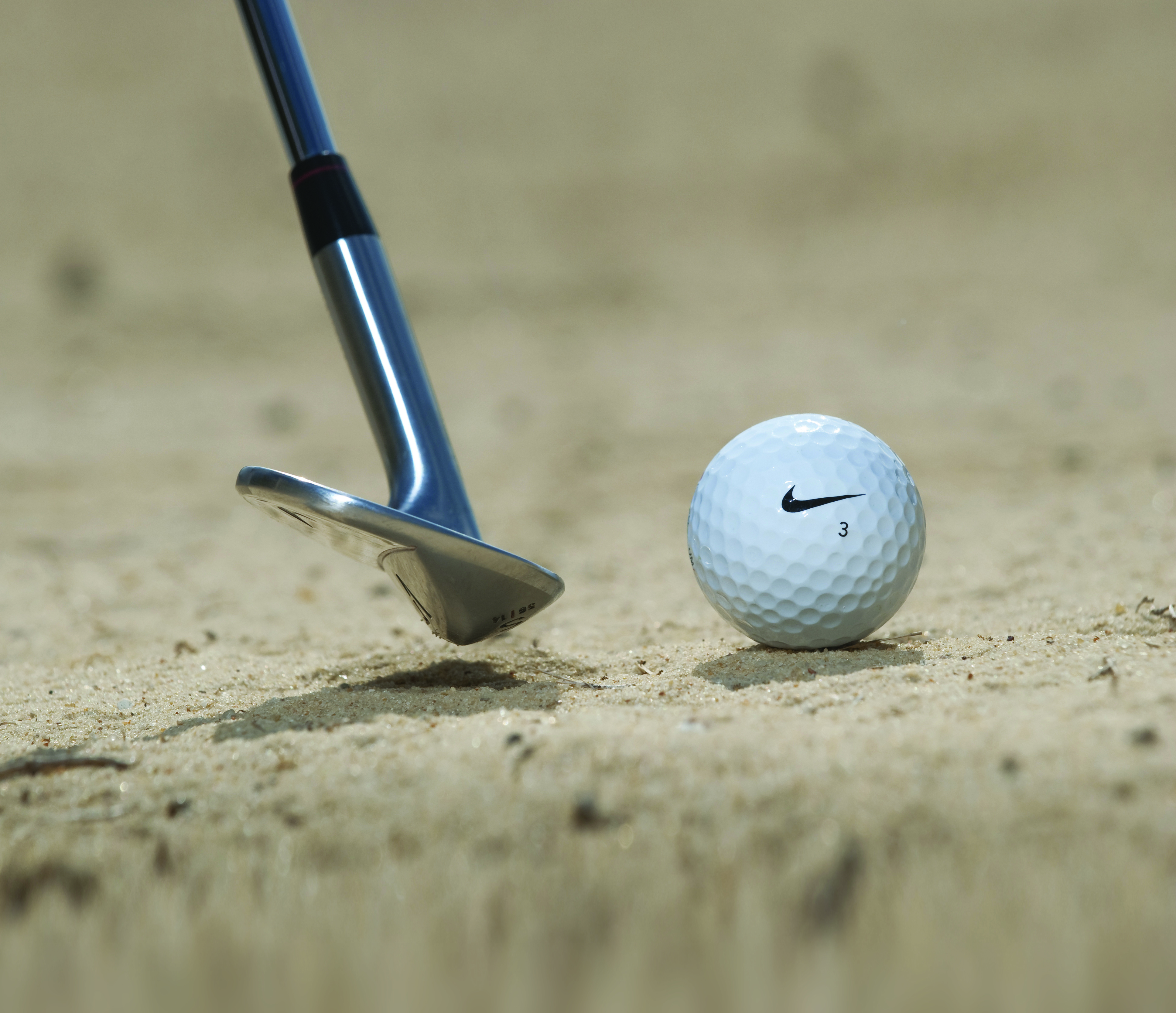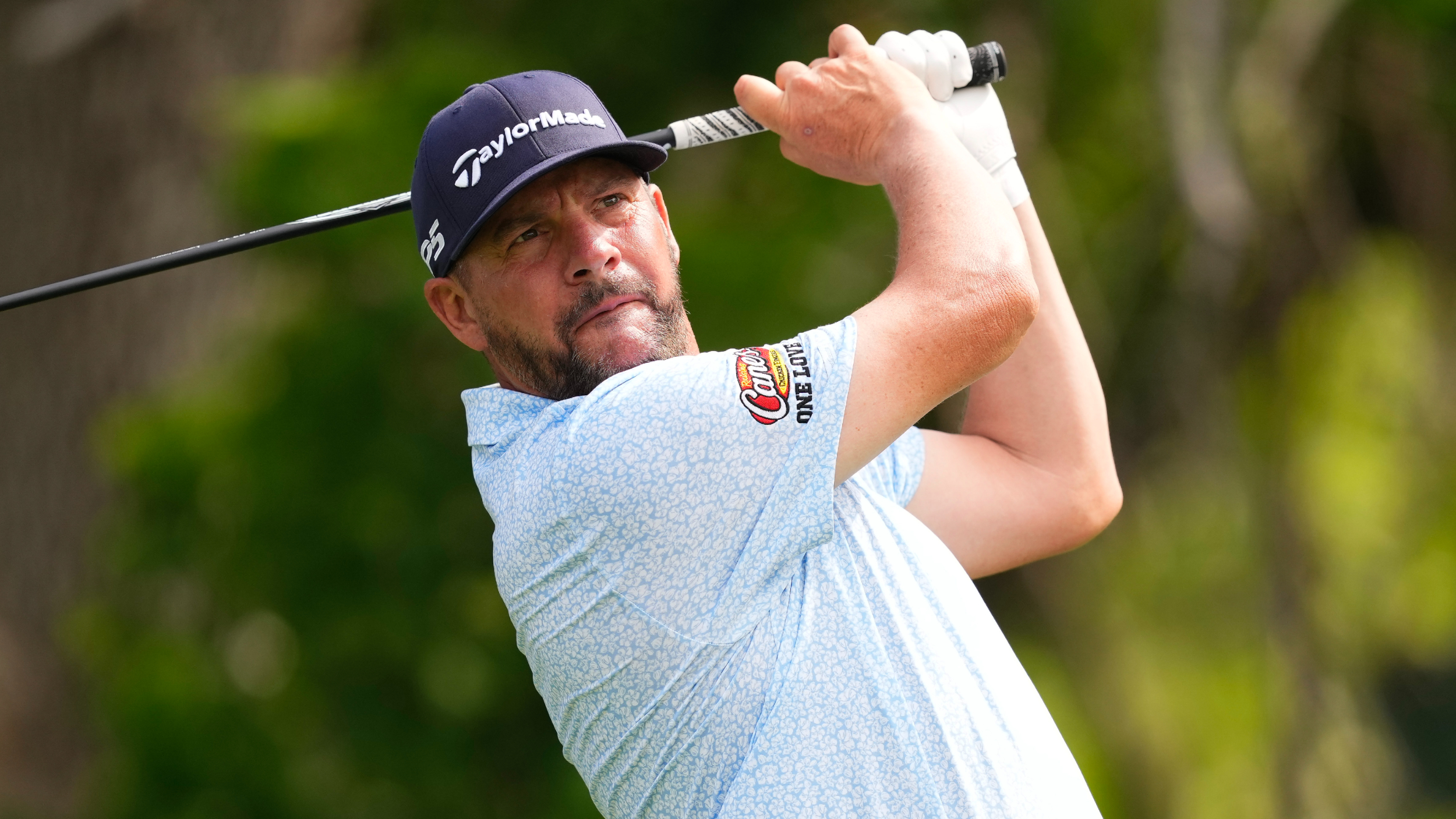Using bounce from sand
Paul Foston explains the importance of using bounce in bunkers, and how it can make your bunker play more consistent.


Golf Monthly Top 25 coach Paul Foston explains how using bounce from sand effectively can make your bunker play far more consistent.
Using using bounce from sand
When it comes to bunker play on of the main differences between many amateurs and professionals is the way that the bounce of the club is used, rather than the leading edge.
The bounce of the golf club is the angle that the sole is set at relative to the leading edge.
Whether you have lots or little bounce on your wedges, the back edge of will always sit lower than the leading edge.
When used correctly this will help the club to enter the sand in a way that gets the ball up quickly on a consistent basis.
A mistake I see often is that players address the ball with their hands forward, causing forward shaft lean and meaning that the only thing that can make contact with the ball or sand is the leading edge, causing fats and thins.
Get the Golf Monthly Newsletter
Subscribe to the Golf Monthly newsletter to stay up to date with all the latest tour news, equipment news, reviews, head-to-heads and buyer’s guides from our team of experienced experts.
Leaning the shaft away from the target will set the club in correct position by introducing the bounce into play and providing more margin for error.
The setup
I see a lot of players address a bunker shot like a chip, with a narrow stance and again with their hands forward.
Instead setup with a wide stance of intent, slightly wider than shoulder width apart. From there open the clubface by leaning the shaft back and setting the angle.
Do this instead of pointing the face way right of the target, as all this will do is make the blade enter the sand to the right of the target and causes inconsistencies.
The ball position should be forward of centre, with your hands clearly positioned behind the ball.
Resist the temptation to stand open to the point of extreme, as this will encourage you to dig into the sand. Standing just slightly open will allow for a shallower angle of attack for better control.
Wrist break
With the greenside bunker shot you can’t break your wrists early enough as you take the club away.
Set the wrists fully as you take the club way and as you swing down allow the right hand to release through the sand.
This is effectively throwing the bounce of the club at the sand and allowing it to do its intended job.
As you follow through your wrist position should be a mirror image of where you were when you took the club back.
Releasing the club
A great way of getting a feeling of what it is like to release the club properly is to practice hitting shots one handed.
Hitting bunker shots with your right hand (if you are one handed) will help prevent you from turning the club over, making sure that you maintain the loft as you make impact with the sand.
An affective strike will give the feeling that the head of the club leaves the sand in front of the ball.
Study your divots
If you do everything mentioned so far correctly you should notice a very distinctive divot pattern forming in the practice bunker.
Don’t think that taking huge amounts of sand will help you escape the bunker, in fact it is quite the opposite.
With a shallow angle of attack that utilises the bounce of the wedge your divots should be very shallow and around the length of a five pound note.
If you start taking lots of sand, pay particular attention to the setup positions we mentioned early, checking that the ball is forward in your stance and that the face and stance aren’t too open.
Paul’s bunker challenge
Once you are confident that your technique is sound you can start to focus more specifically on distance control.
Lie down three clubs at different distances between yourself and a hole on the practice green. Hit three balls and try to pitch each one past one of the shafts.
You can control the distance by changing the length of your swing.
Being able to control where you land the ball on the green will give you a huge advantage out on the course.
Shot on location at Montgomerie Maxx Royal, Turkey by Tom Miles

Tom Clarke joined Golf Monthly as a sub editor in 2009 being promoted to content editor in 2012 and then senior content editor in 2014, before becoming Sports Digital Editor for the Sport Vertical within Future in 2022. Tom currently looks after all the digital products that Golf Monthly produce including Strategy and Content Planning for the website and social media - Tom also assists the Cycling, Football, Rugby and Marine titles at Future. Tom plays off 16 and lists Augusta National (name drop), Old Head and Le Touessrok as the favourite courses he has played. Tom is an avid viewer of all golf content with a particularly in depth knowledge of the pro tour.
-
 Michael Block Sets Early Pace In PGA Championship Qualifier
Michael Block Sets Early Pace In PGA Championship QualifierThe 2023 PGA Championship hero is off to a flying start in an event that offers places at this year’s edition of the Major
By Mike Hall
-
 Hye-Jin Choi Facts: 10 Things To Know About The LPGA Tour Pro
Hye-Jin Choi Facts: 10 Things To Know About The LPGA Tour ProHye-Jin Choi had a glittering amateur career, and she’s taken that into her professional journey, with a host of wins – here are 10 things to know about her
By Mike Hall